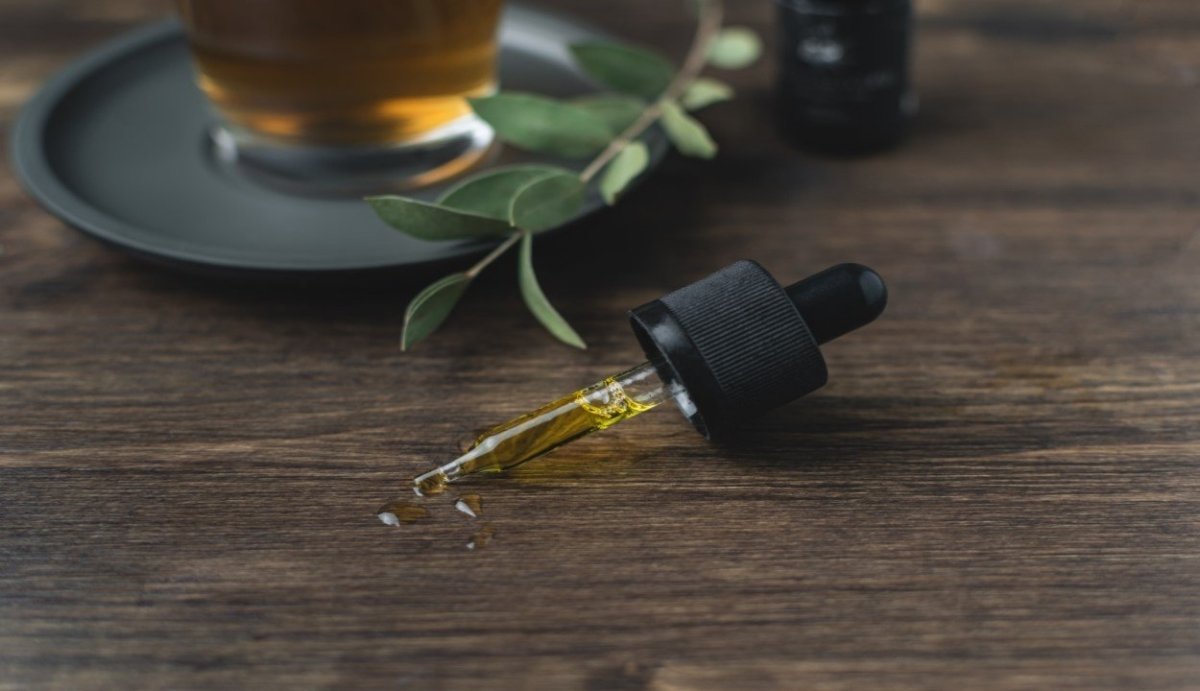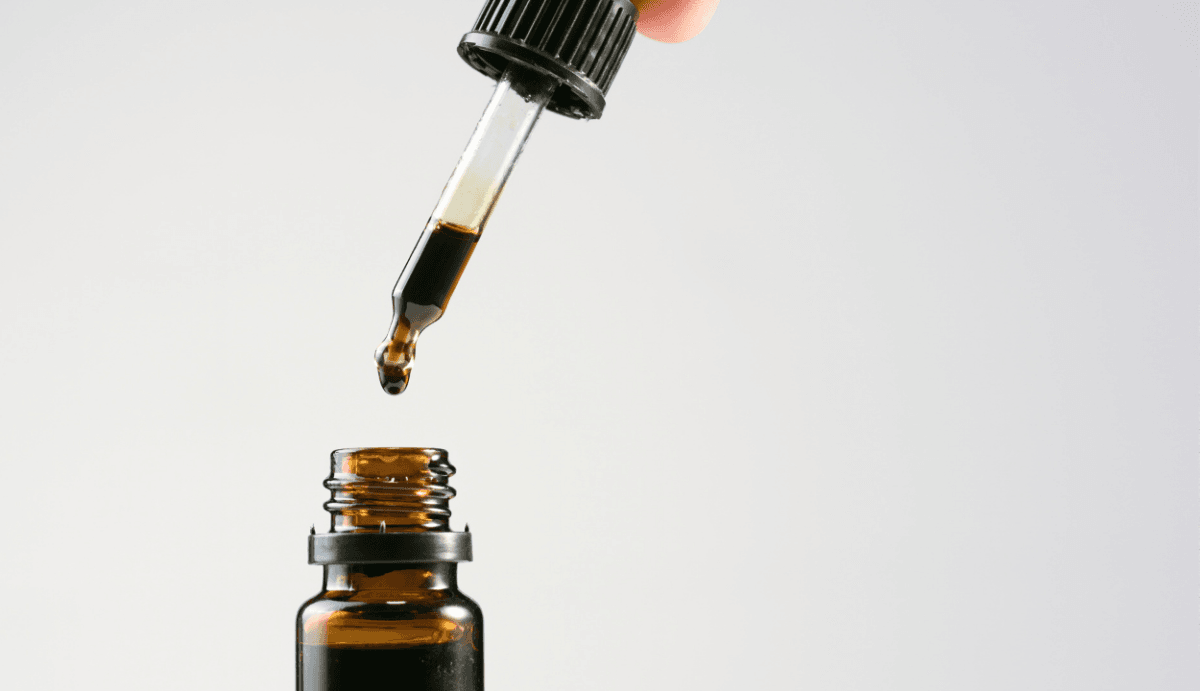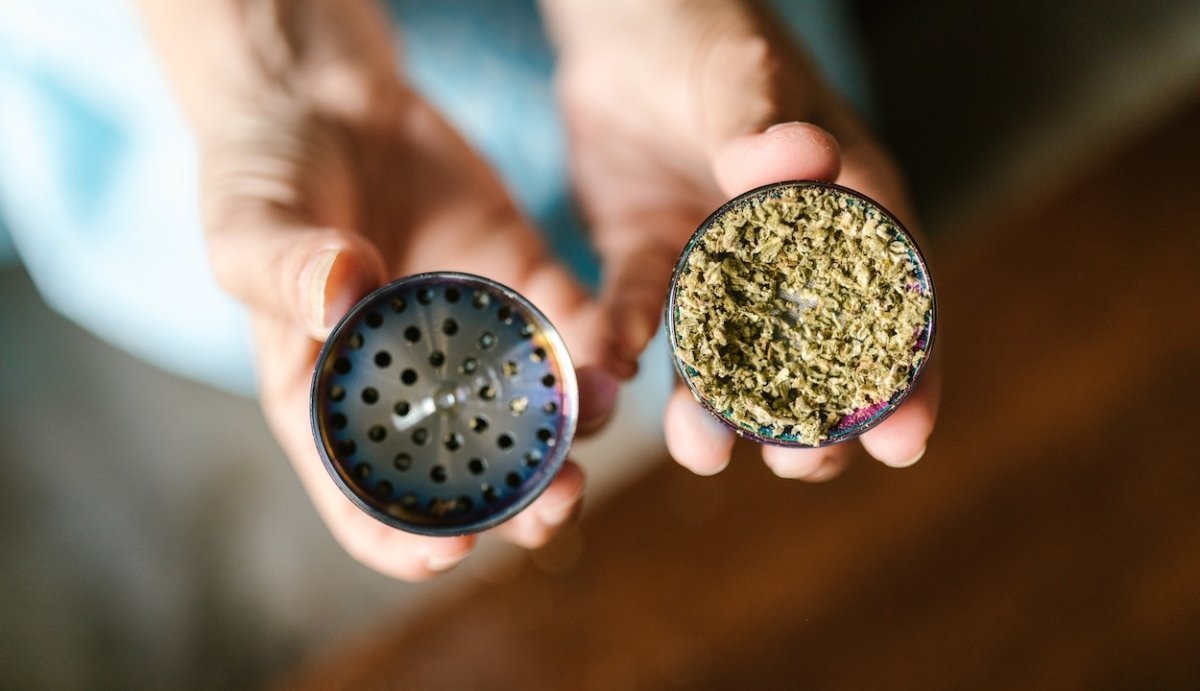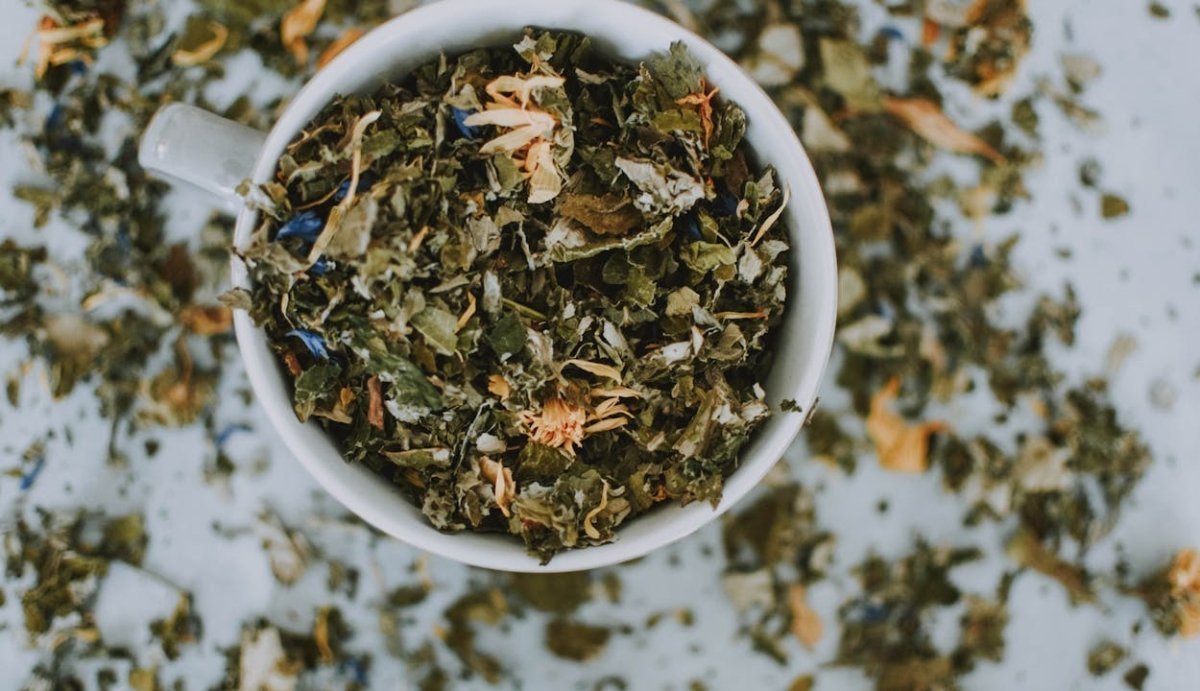Your Cart is Empty
FREE SHIPPING ON ALL ORDERS $75+
By now, you've likely heard of the far-reaching potential of cannabidiol (CBD), but you may know a lot less about Cannabinol (CBN) benefits.
Ironically, CBN was the first cannabinoid to ever be discovered in cannabis, but most people haven't focused much on CBN effects until now.
Today, it's widely accepted that CBD and other cannabinoids provide boosted effects thanks to the entourage effect. This theory indicates that all cannabinoids, including CBN, may provide synergistic effects when taken together.
Still, it's becoming a common practice to seek out hemp products with specific cannabinoid ratios and concentration to benefit from targeted effects. So, what are the benefits of CBN?
Here's what you need to know:
Table of Contents
What is CBN?
What Does CBN Do in the Body?
Top 11 Potential CBN Benefits
How to Use CBN
FAQ: CBN Benefits

CBN is one of over 113 recognized cannabinoids found in cannabis and hemp plants. Unlike THC and CBD, CBN is considered a "minor cannabinoid" because it's often found in low concentrations.
The cannabinoid is the result of THC oxidation, meaning it is formed as THC degrades due to light and oxygen exposure.
That means that the CBN content of a strain increases as the cannabis material ages. Hemp material can be grown, handled, and stored in a way that amplifies the CBN content, allowing brands to manufacture potent CBN products.
But what's the purpose in these potent CBN formulas? What does CBN do to the body? And what are the CBN benefits you can take advantage of?
Let's take a deeper look:
Inside the body, CBN may interact with the Endocannabinoid System to affect all sorts of regulatory functions. (To get a better idea of how this works, read about CBD's interaction with the Endocannabinoid System.)
We know that the Endocannabinoid System may impact functions like hormone production, sleep cycles, pain signaling, various immune processes, and more.
The basics are simple—CBN may be able to act in place of "endocannabinoids," or natural messengers in the body that act on “endocannabinoid receptors” found on the cells. These receptors are generally split into two categories: CB1, the type of receptor that is most prominent in the brain and nervous system, and CB2, the type of receptor that operates mostly within the immune system.
CBN may interact more with the "immune system" portion of the Endocannabinoid System, as opposed to the second portion found in the brain and nervous system. (For reference, THC interacts mostly with the receptors in the brain, leading the way for its psychoactive effects).
Through these interactions, CBN may be able to help regulate a range of immune functions, like pain signaling and inflammation. However, CBN may also react with the brain and nervous system, and researchers are still undecided about whether it should be classified as “psychoactive.”
We know that CBN may produce a similar psychoactive reaction in the brain, but these effects are much weaker than what you’ll experience with THC. In fact, CBN is thought to bind with CB1 receptors at about 1/10th the rate of THC, and the cannabinoid is not strong enough to produce intoxicating effects.
Because cannabinol won’t get you high or impair cognition, it may be more accessible than THC to many people. It can be produced from legal hemp material, which is legal in most states, meaning that people all over may be able to reap the benefits of CBN.
But what are the benefits of CBN? Take a look:
Research on CBN is still preliminary but is quickly starting to pick up pace thanks to increased anecdotal reports. We do have some research that highlights CBN’s potential effects, including:
In a study evaluating the anti-inflammatory effects of various cannabinoids, CBN was among the ones found to potentially be effective.
A 2019 study investigated CBN's potential for managing pain caused by certain conditions, like fibromyalgia. The research found that CBN may offer significant analgesic relief for chronic muscle pain disorders.
CBN may interact with the neuroreceptors that are sensitive to capsaicin, an ingredient derived from chili peppers that is often found in pain-relieving topicals.
Research also suggests that CBN may act as an appetite stimulant in mice, though there is still an argument about how this can be applied. We know that animal studies don’t always translate directly to human use, but it’s possible that CBN could be a tool against appetite loss due to HIV, cancer, or other serious conditions.
Another study implies that CBN has antibacterial properties that may be effective against bacteria, like MRSA. This type of bacteria, commonly known as “staph” is highly contagious and is often antibiotic-resistant, making it difficult to treat with traditional medicines.
A 2005 study looked at CBN’s potential for providing neuroprotective effects for patients with certain neurodegenerative disorders. The study found that CBN may delay the onset of amyotrophic lateral sclerosis (ALS), a disease that causes muscle control loss.
Other research shows that cannabinol may be part of the group of cannabinoids known to prevent oxidative stress, a primary factor in neurodegeneration.
One well-cited study suggests that CBN, in combination with THC, may have prominent sedative-like effects. This research is the main reason that people found interest in using CBN for insomnia and other sleep-related issues. Another study focused on administering CBN to mice also found that it may increase sleep time.
In addition to promoting better sleep, CBN may also help promote relaxation. While no studies have specifically evaluated CBN's ability to manage anxiety, some sleep studies have indicated that CBN's potential to lower anxiety may be a factor in its ability to improve sleep scores.
Anecdotal reports frequently claim that CBN promotes a sense of relaxation even while you're awake, so it may be a great way to wind down when you're feeling a bit stressed.
There's promising evidence suggesting that CBN could directly combat cancer cells, potentially slowing down or stopping their growth. In fact, it's been found to shrink tumors in certain types of lung cancer. This evidence comes from in vitro (test tube) samples, however, and human trials are needed.
While CBD gets a lot of attention for its ability to manage epilepsy, researchcomparing different cannabinoids' effects on seizures has shown CBN's anti-seizure strengths. It might not be as potent as CBD and THC, but it's still making waves in this area.
Research indicates that CBN may stimulate the production of new bone cells, making it useful for healing fractures and reversing bone loss. This makes it a potential therapy for conditions like osteoporosis.
CBN is among the cannabinoids showing effectiveness in treating glaucoma. Several studies have highlighted its potential in managing this eye condition.
Keep in mind that while research is continually evolving, what we know about CBN's benefits is still limited. Most evidence is preliminary and CBN has not yet been proven to treat or cure any condition. Hemp-derived cannabinoid therapy can be a great addition to your wellness regimen, but you should always consult your doctor when integrating new supplements to manage any specific health ailments.

CBN is non-psychotropic and can be taken during the day. It is generally accepted that many cannabinoids "build" in your system (though they may not build tolerance), meaning you may experience increased, consistent effects if you take CBN daily.
For many people, a nighttime dose may be a great way to start regulating sleep cycles, and it may also help regulate pain, anxiety, immunity, and especially symptoms that arise due to poor sleep patterns.
CBN is thought to be more potent than CBD, although we're waiting on research to verify these claims. We do know, however, that small to moderate doses are used in some of the existing research to produce results. Anecdotal reports also show that small doses of CBN may be effective when taken alongside a CBD dose.
To try CBN for yourself, we suggest you:
CBN products are reported to induce sleep, promote relaxation, provide pain relief, and support stress management. However, further research is necessary to fully understand its effects. Similar to CBD products, CBN products are typically taken in doses ranging from 25–50 mg.
CBN interacts with the body's endocannabinoid system, influencing the function of various hormones and neurotransmitters. This can affect mood, energy levels, cognition, focus, appetite, immune function, and pain perception.
CBN's mild psychoactive effects may offer relief from insomnia, anxiety, and other conditions. It's also believed to possess anti-inflammatory and antibiotic properties, although more research is needed to confirm these potential benefits.
While CBD is known for its potential benefits in anxiety, seizures, and pain relief, CBN is considered more beneficial for sleep. CBN is derived from the breakdown of THC, the psychoactive component in cannabis, making it potentially more effective in promoting relaxation and sleep.
CBN is non-intoxicating, meaning it won't produce a "high" like THC. Instead, it may induce feelings of relaxation and temporarily enhance cognitive abilities.
While CBD has been associated with potential liver damage, there is limited information available regarding the specific effects of CBN on the liver. It's essential to use CBN products responsibly and monitor for any adverse reactions.
CBN does not typically produce a euphoric or intoxicating effect like THC. However, it may induce relaxation and promote better sleep quality.
It's generally safe to take CBN daily, but it's recommended not to exceed 50mg per day to avoid potential impacts on daily activities.
While there isn't a known toxic dose for CBN, excessive doses of CBD products can have adverse effects, with toxicity typically observed at around 20,000mg in a single dose.
Comments will be approved before showing up.



